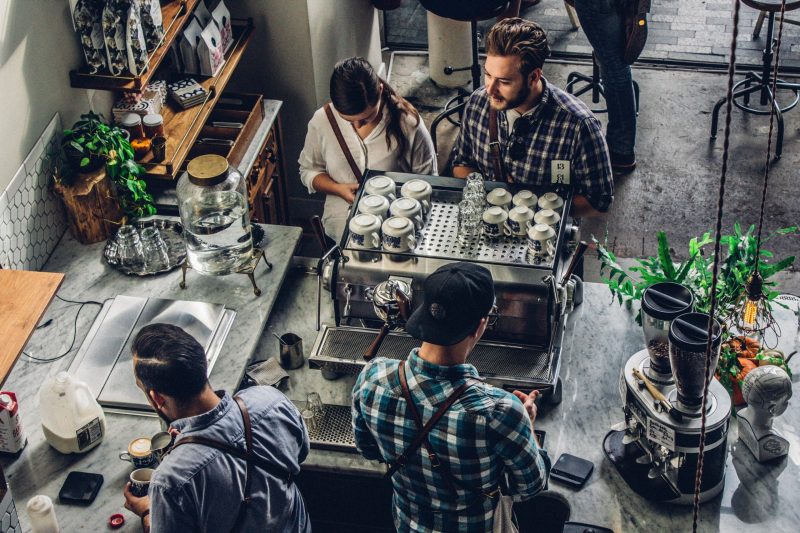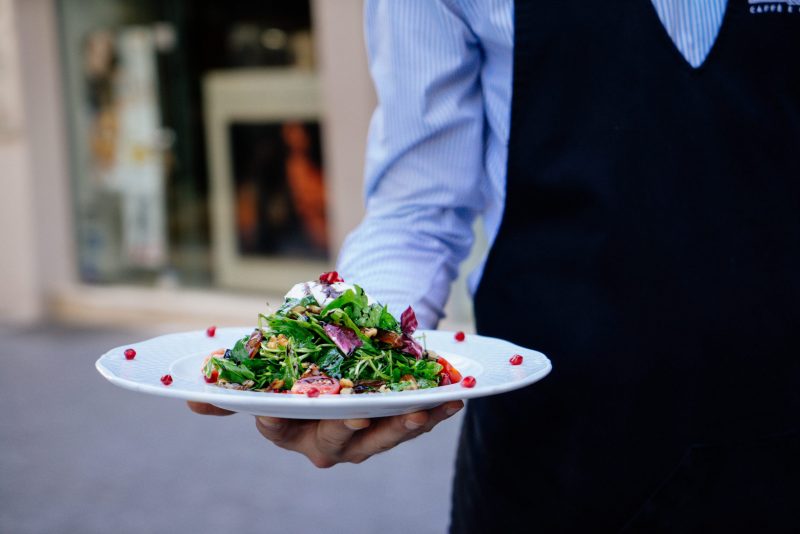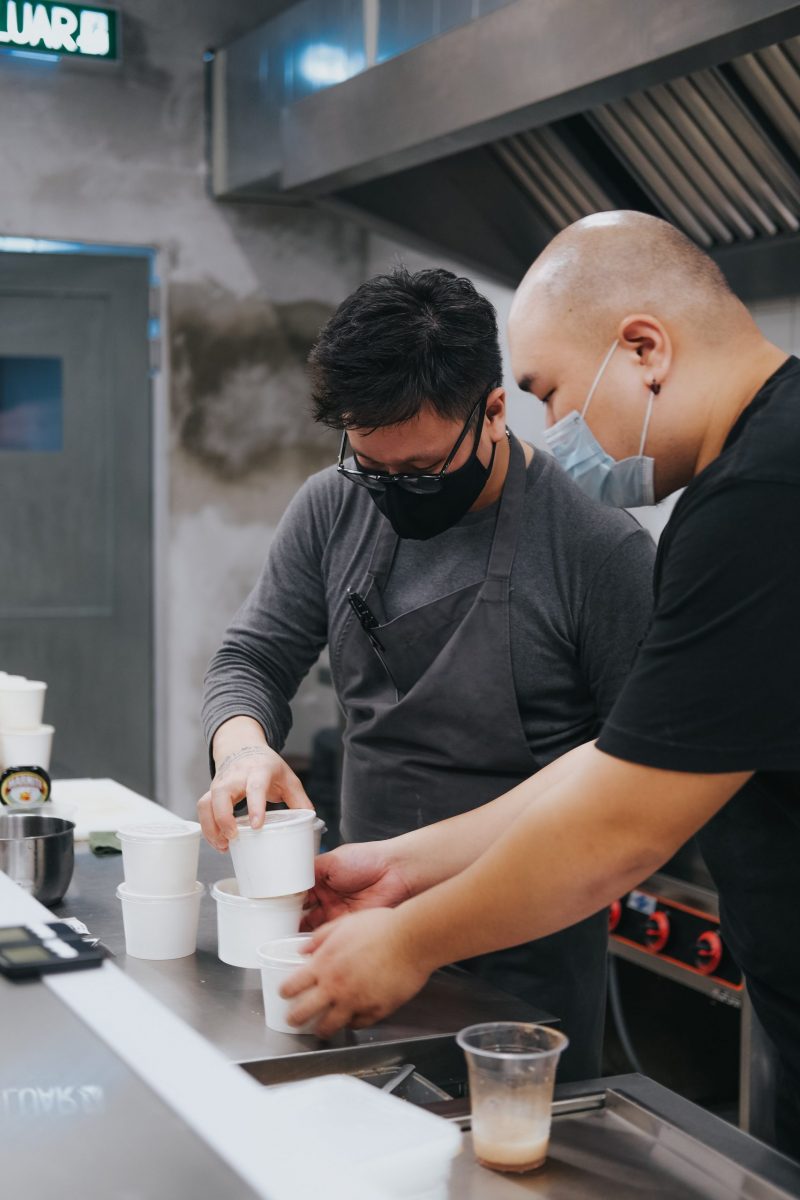Because the only method to decrease germs in food to safe levels is to cook it to the right ServSafe temperatures, taking temperatures is an important element of an operation’s food safety culture. Each food item’s minimum internal cooking temperature is different. Once this temperature is reached, the food must be kept at that temperature for a specified period of time. To discover more about the exact time and temperature requirements for each food item, Servsafe-Prep will show you in this article.
Introduce ServSafe Temperatures And Time Control
The combination of time and temperature is ideal for food safety. Because pathogens in food must be reduced to safe levels, the food must be cooked to the right minimum internal cooking temperature and then held at that temperature for a specific amount of time.
According to ServSafe, the following are the cooking times and temperatures:
According to ServSafe, these are the recommended cooking times and temperatures for TCS foods. “Time and Temperature Control for Safety,” or TCS, is an acronym that stands for “Time and Temperature Control for Safety.”
To confirm that the food has been thoroughly cooked, the temperature should be obtained from the center. When taking the temperature of a significant portion of food, take it from the thickest regions and at least two distinct locations inside the food.
Read more>> What Is The Best Alternative To Safely Cooling Foods?
Minimum Cooking Temperatures
I’m not sure if that chicken is fully cooked. Don’t take any chances! Make sure your meal has achieved a safe internal cooking temperature by temping it. Trust us when we say that your stomach will appreciate you!
1 second at 165°F (74°C) (Instantaneous)
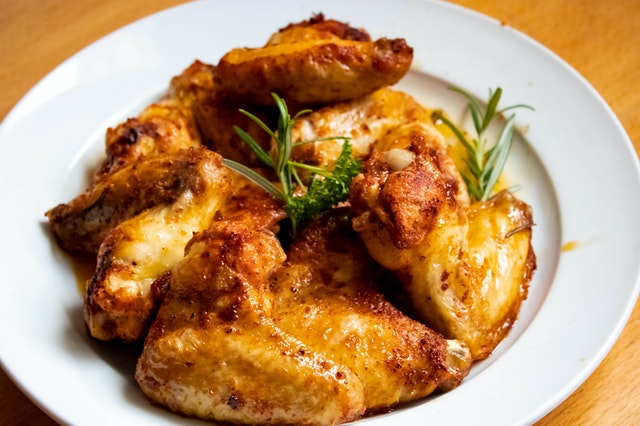
- Poultry (whole or ground chicken, turkey, or duck, for example)
- Stuffing with seafood, meat, or poultry
- Meat, fish, poultry, or pasta stuffed
- Dishes using TCS ingredients that have already been cooked (raw ingredients should be cooked to their required minimum internal temperatures)
17 seconds at 155°F (68°C).
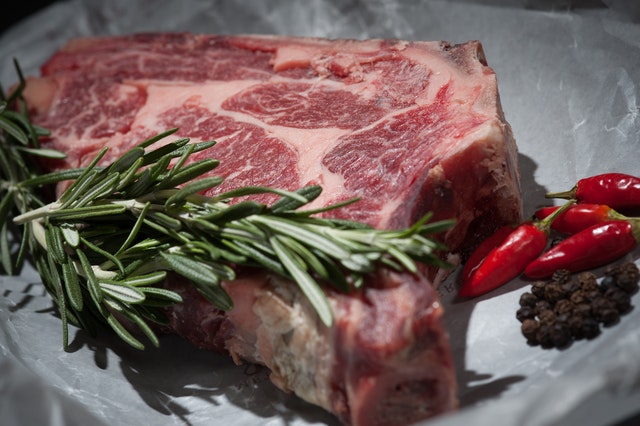
- Meat that has been ground, such as beef, pork, and other meats
- Meat that has been injected with flavors, such as brined ham and flavor-injected roasts
- Meat that has been mechanically tenderized
- Ground meat from commercially reared and inspected game animals
- Ostriches and emus are ratites (flightless birds with flat breastbones).
- Seafood that has been ground, including seafood that has been chopped or minced
- Shell eggs for serving that will be kept warm.
15 seconds at 145°F (63°C)
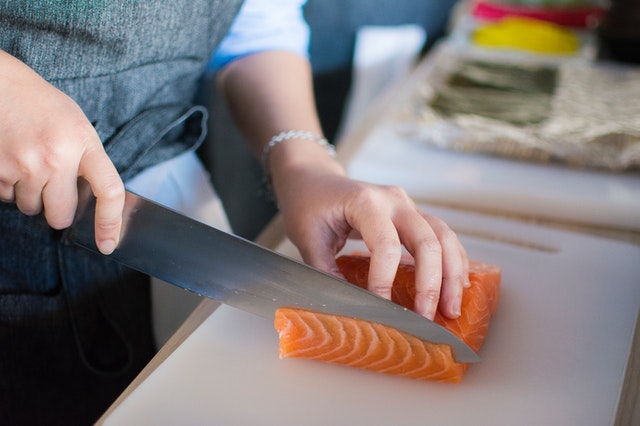
- Fish, shellfish, and crustaceans are all examples of seafood.
- Pork, beef, veal, and lamb steaks and chops.
- Game that has been raised commercially.
- Shell eggs must be served right away.
4 minutes at 145°F (63°C)
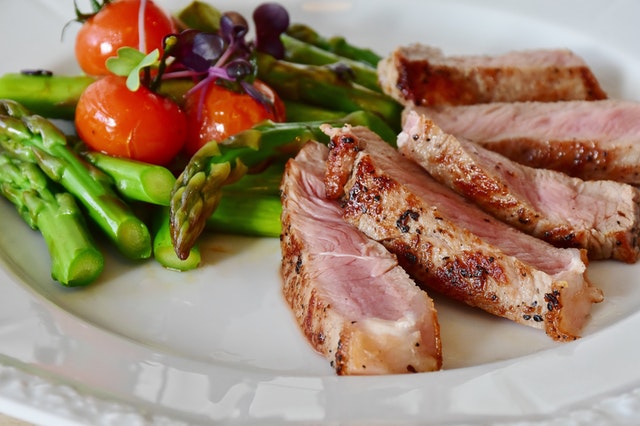
- Pork, beef, veal, and lamb roasts
- Depending on the type of roast and oven used, roasts can be cooked at these different periods and temperatures:
130°F (54°C) 112 minutes
131°F (55°C) 89 minutes
133°F (56°C) 56 minutes
135°F (57°C) 36 minutes
136°F (58°C) 28 minutes
138°F (59°C) 18 minutes
140°F (60°C) 12 minutes
142°F (61°C) 8 minutes
144°F (62°C) 5 minutes
135°F (57°C) (no minimum time)
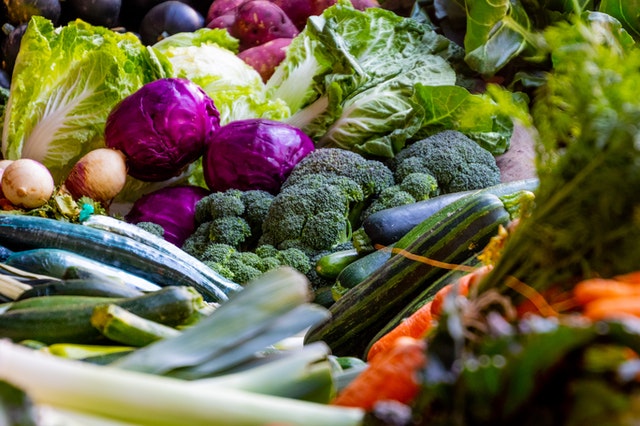
- Plant-based foods such as fruits, vegetables, grains (rice, pasta), and legumes (beans, refried beans) will be served hot.
Note: Supplemental information has been added to the 7th Edition ServSafe Manager curriculum. The times and temperatures in this guide differ from those in the current textbook in some ways. This guide is updated with new material and is applicable to all ServSafe Manager tests scheduled for 2020
Updated Cooking Times And Temperatures
In October 2018, the current 7th Edition ServSafe Manager textbook was revised. Since then, books sold should have a sticker or label stating the revisions, as well as a web URL for further information. This label may not be there if you are using a used 7th Edition ServSafe Manager Book.
The “US Food and Drug Administration revised the FDA Food Code in 2017,” according to ServSafe, as the basis for these changes. A few times and temperatures have been adjusted. We’ll go through which ones here. The graph below is current for 2019 and 2020.
With the update, there have been three changes to the cooking times and temperatures
- Foods that used to take 15 seconds to cook to 165°F (74°C) in the prior version now take less than 1 second or “instantaneous” with the new version
- Foods that were previously cooked for 15 seconds at 155°F (68°C) in the prior version must now be cooked for at least 17 seconds in the new version
- In the new version, the items in the group to be cooked to “135°F (74°C) for (no minimum time)” have been broadened to simply specify “Food from plants.”
On the official “ServSafe Practice Test (PDF),” two of the questions now have incorrect answers.
On the official ServSafe, question number 21 asks:
“TCS food reheated for hot holding must reach what temperature?”
In this case, the proper response is:
“165°F (74°C) for <1 second (Instantaneous)”
However, in the practice test, this is not an option. “D) 165°F (74°C) for 15 seconds” was the closest response at the time, and it was thought to be right. However, the time limit has been lowered from 15 seconds to less than one second, or instantaneous.
Question number 73 on the official ServSafe Diagnostic Test asks:
“What temperature must stuffed lobster be cooked to?”
In this case, the proper response is:
“165°F (74°C) for <1 second (Instantaneous)”
That answer, like the previous question, is not an option. Because the suggested time has been reduced to under one second.
The supplemental information that should have been included with newly purchased 7th Edition ServSafe Manager textbooks sold after October 2018 may be found here. Scroll down to the following section:
In Chapter 6: The Flow of Food:
Preparation: Cooking Requirements for
Specific Food (Pg. 6.11)
Read more>> What is the Temperature Danger Zone ServSafe?
The following changes are highlighted in italics:
The combination of time and temperature is ideal for food safety. Because pathogens in food must be reduced to safe levels, the food must be cooked to the right minimum internal cooking temperature and then held at ServSafe temperatures for a particular amount of time.
FAQs
Conclusion
In conclusion, adhering to ServSafe temperatures is crucial for maintaining food safety. By understanding and implementing the recommended temperature guidelines, you can prevent foodborne illnesses and ensure the well-being of your customers. Remember, proper storage, cooking, and holding temperatures are essential steps toward serving safe and delicious meals.
Thanks for reading! Hope you find this post useful for your safe food cooking skills. Visit our website to get more information and free ServSafe practice test! To download, visit our website for your IOS or Android device.


